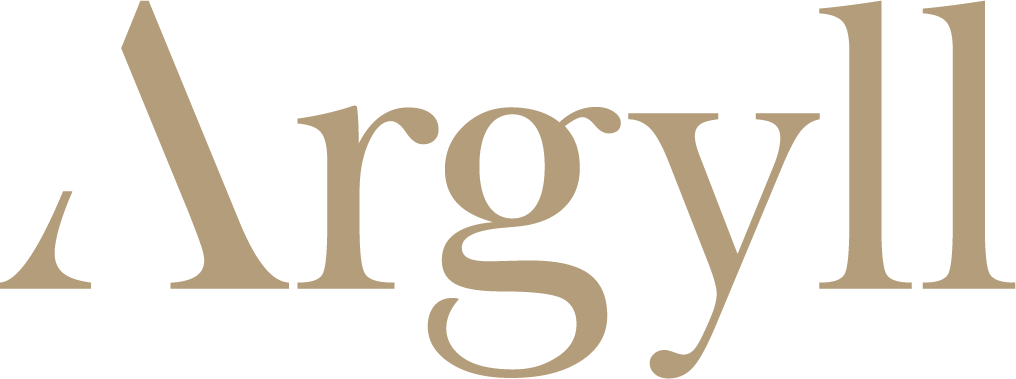One of the positive outcomes of the pandemic is the proliferation of innovative design solutions for the post-COVID workplace, whether in terms of sanitation, seamless connection between physical and remote locations, or rethinking the role of the office itself.
In the immediate post-lockdown period the design focus has been on minimising health and safety risk for people at work with strict new hygiene and social distancing rules. ‘Right now, what humans want most is safety, the foundation of Maslow’s hierarchy of needs’, says Kay Sargent, director of HOK’s global WorkPlace practice: ‘If people don’t feel their basic needs are met, if the bottom of the pyramid is not solid, you cannot achieve the things that are higher up like collaboration, trust, bonding.’
Meanwhile, designers and manufacturers have turned their attention to the ultimate objective of engineering the virus-proof office with smart office technology and innovative materials playing a major role in its delivery. New products and systems under trial include pre-entry wellness checks for lobbies and office entrances; touchless access systems for lifts and common areas; and social distancing sensors for desk spaces as well as autonomous cleaning robots, ultra- violet disinfection lamps for office ceilings, and anti-microbial materials and coatings.
In a future with reduced physical contact, the office app will become more important for staying in contact with colleagues, booking meeting rooms, ordering refreshments, adjusting temperature and lighting. It will also provide an on-the-go HR resource to oversee key post-pandemic issues of employee wellness, communication and engagement. Looking further ahead the rapid growth of contactless technology is likely to challenge the role of screens in the office with PORTL Inc’s hologram portal and Microsoft Holoportation leading the way.
There is no doubt that the post-COVID office will look and feel significantly different and design will play a major part in creating the future both in terms of maximising employee comfort and safety and creating an ideal environment for doing business. Here are some questions you should be considering:
1. Safety
What are the changes we need to put in place in terms of space planning and circulation, materials and finishes and the design of work stations, meeting rooms, kitchens and WC design, to ensure the safety and comfort of all our employees and visitors for the long term?
2. Agility
As we move towards a more agile workplace, with many routine daily activities carried out remotely, how can we create a hub for team collaboration and focus, innovation activities, training and mentoring of talent, social interaction and serving the needs of our customers?
3. Technology
What are the smart and practical technology solutions that would help achieve our dual objectives of an office where people feel safe and comfortable and a truly agile workplace where employees have the right tools and ways of interacting, both face-to-face and remotely, to do their best work?

